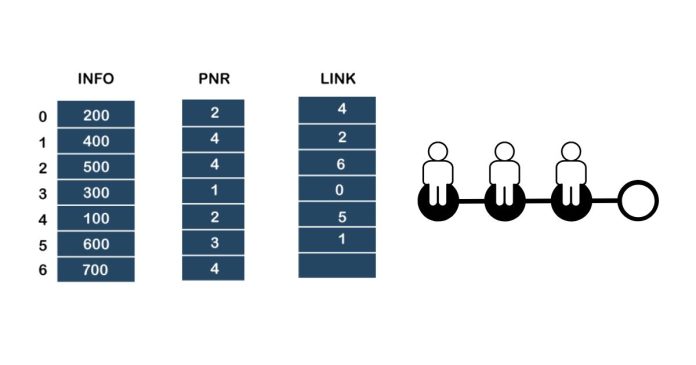A priority queue is a special type of data structure that is similar to a regular queue but with an added feature: each element in the priority queue has a priority associated with it. Elements with higher priority are dequeued before those with lower priority, regardless of their order in the queue. This makes priority queues especially useful for scenarios where tasks need to be processed based on their importance or urgency, rather than their arrival order.
Key Characteristics of Priority Queues:
- Priority-Based Ordering: Elements are dequeued in order of their priority rather than the order they were enqueued.
- Dynamic Priority: The priority of elements can be dynamically adjusted or assigned at the time of insertion.
- Efficient Access to Highest-Priority Element: You can quickly access and remove the element with the highest priority.
Basic Operations:
Priority queues support the following basic operations:
- Insert (enqueue): Add an element with a specified priority to the queue.
- Remove (dequeue): Remove and return the element with the highest priority.
- Peek: View (but not remove) the element with the highest priority.
- Change Priority: (Optional) Adjust the priority of an existing element (not always supported).
Types of Priority Queues:
- Max-Priority Queue:
- The element with the maximum priority is dequeued first.
- For example, if the priorities are numeric, a higher number indicates a higher priority.
- Min-Priority Queue:
- The element with the minimum priority is dequeued first.
- For example, if the priorities are numeric, a lower number indicates a higher priority.
Applications of Priority Queues:
- Job Scheduling: In operating systems, jobs are scheduled based on their priority. High-priority tasks (like real-time tasks) are executed before lower-priority tasks (like background tasks).
- Dijkstra’s Shortest Path Algorithm: In graph algorithms like Dijkstra’s algorithm, priority queues are used to select the next node with the smallest tentative distance.
- Huffman Coding: In data compression algorithms (like Huffman coding), priority queues are used to build optimal prefix codes by selecting the smallest frequencies first.
- Event Simulation: Priority queues are used in discrete event simulation (like network or traffic simulation) to process events based on their scheduled time.
Implementation of Priority Queue:
Priority queues can be implemented in several ways, each with different performance characteristics:
- Unsorted List:
- Insertion: O(1) – Simply insert the element at the end.
- Removal (dequeue): O(n) – To remove the highest-priority element, you need to scan through the entire list.
- Sorted List:
- Insertion: O(n) – Inserting an element requires finding the right position in the sorted list.
- Removal (dequeue): O(1) – The highest-priority element is always at the beginning of the list.
- Heap (Binary Heap):
- A binary heap is the most efficient way to implement a priority queue. It can be either a max-heap or a min-heap, depending on whether you want to dequeue the highest or lowest priority element first.
- Insertion: O(log n) – The element is inserted at the end, and then the heap property is maintained by “bubbling up.”
- Removal (dequeue): O(log n) – The root element (highest priority) is removed, and the heap property is restored by “bubbling down.”
- Fibonacci Heap (more advanced):
- A Fibonacci heap provides better theoretical performance for certain operations, such as decrease key, with amortized time complexity of O(1).
- However, in practice, binary heaps are often preferred due to their simplicity and efficiency.
Example of a Max-Priority Queue using a Binary Heap:
Consider a priority queue where tasks are represented as pairs of (priority, task):
Summary of Priority Queue Operations:
| Operation | Time Complexity (using a binary heap) |
|---|---|
| Insert | O(log n) |
| Remove | O(log n) |
| Peek | O(1) |
| Change priority | O(log n) (depends on the implementation) |
Conclusion:
A priority queue is a versatile and important data structure that allows you to efficiently manage elements based on their priority. It is widely used in various applications like scheduling, graph algorithms, and event simulation. By using appropriate implementations such as heaps, you can ensure optimal performance for priority-based operations.


